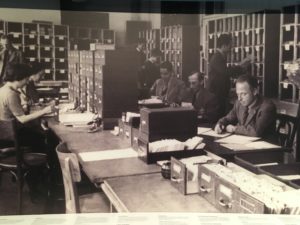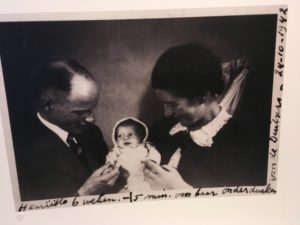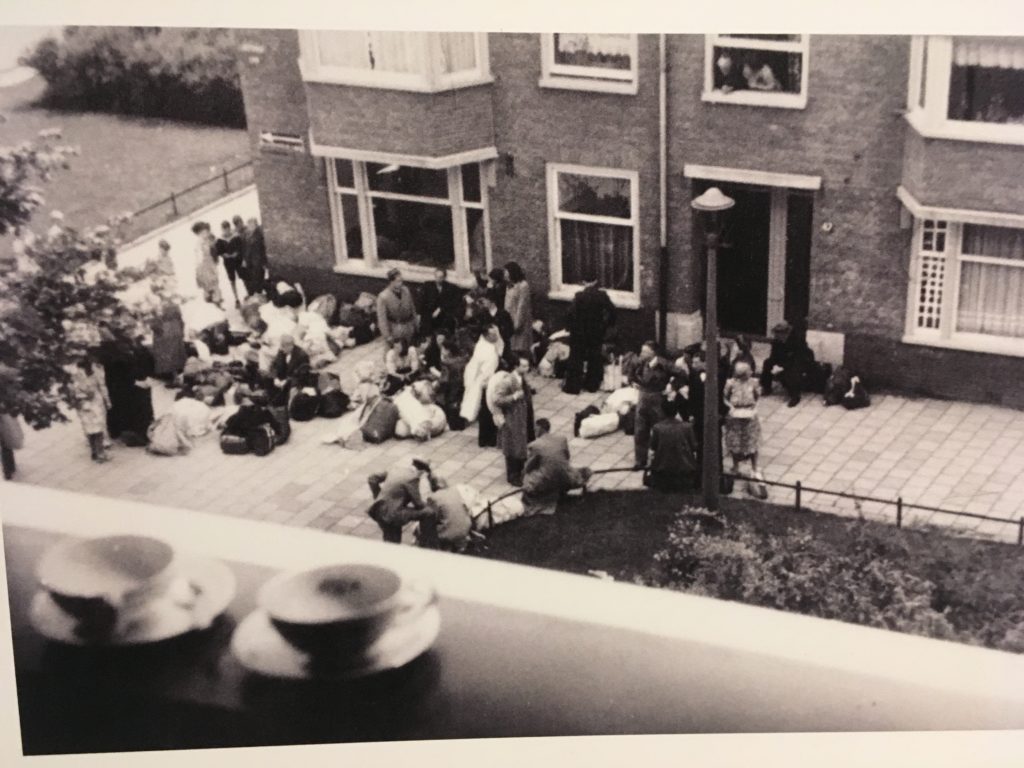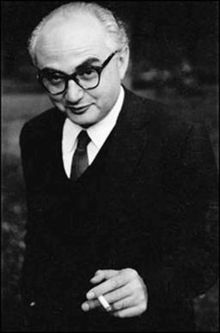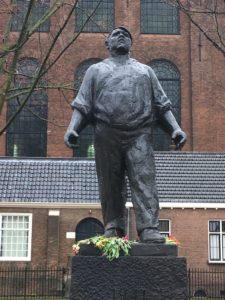As a writer who began publishing poetry later in life, I was delighted to learn that Grey Hen Press was founded in England specifically to publish the work of older women in themed anthologies. Most of the poets have already been published, and some of those are very well known and established poets. But many are are at the early stages of their poetic careers, or even being published for the the first time. I cackled my way through A Twist of Malice: Uncomfortable Poems by Older Women, and have enjoyed both contributing to and reading Grey Hen’s books ever since. Interviewing Joy Howard, the energetic visionary behind the Press, reminded me of how much one’s life can blossom after retirement – and how many others one can take along for the ride. Do look at Grey Hen’s wonderful listings here. Postage from England isn’t that expensive, and you’ll love the poetry.
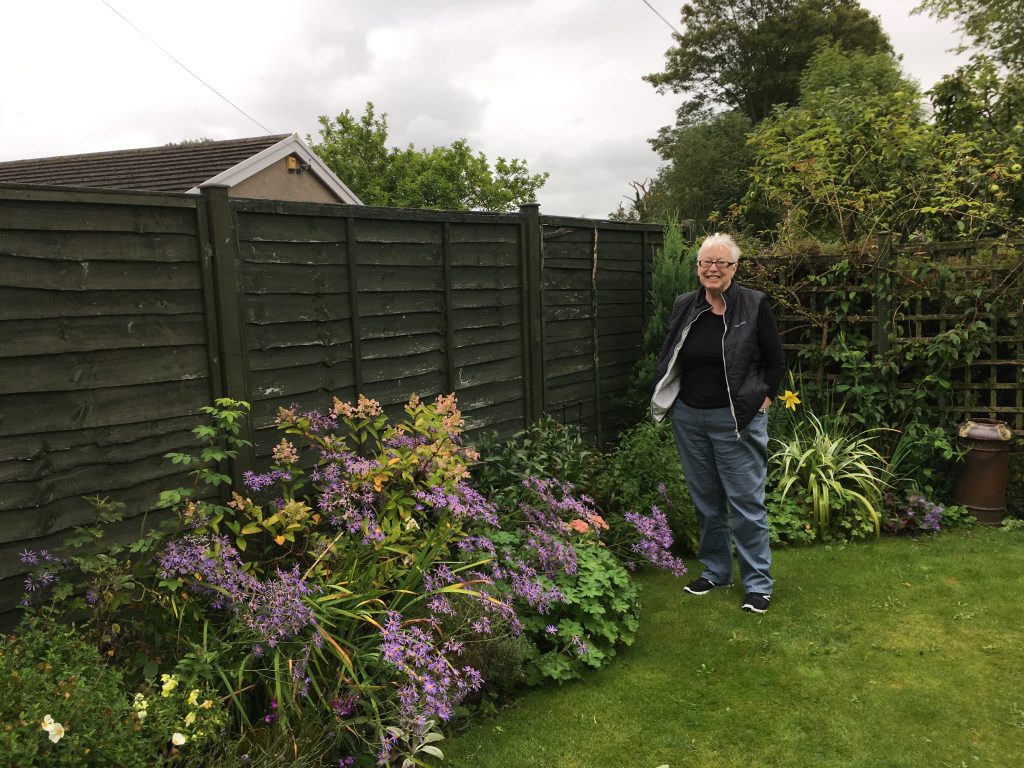
An Interview with Joy Howard, Grey Hen Press
I had written a poem here and there throughout my life, but I didn’t really start until I came out when I was 40. It was as if a tap was turned on, and I was given permission to pour out everything I’d held back. I was published first in the 1980s by Lillian Mohin at Onlywomen Press and just kept writing.
When did you begin writing poetry yourself?
When I moved up North and began my 23 year relationship with Barbara Burford I also started a new and interesting job,and between that involving work life and relationship, the tap turned off again.
How did Grey Hen begin?
After I retired in 2006, I had a second coming as a poet, and began writing prolifically again. When I began to look for ways to get my work published, I discovered that the poetry world had changed, depending much more on qualifications in creative writing, having a CV of magazine publications and competition awards. At my age, I realised I wasn’t going to get all that overnight, and guessed there must be lots of other women like me, making a late start. So that’s how I got the idea for Grey Hen.

What kind of books do you publish?
I started by publishing a pamphlet, with my own and a couple of poet friends work – this was the first steep learning curve. Then I hit on the idea of themed anthologies rather than individual collections. The first title arrived in my head from I don’t quite know where – A Twist of Malice: Uncomfortable Poems by Older Women.I read extensively, found excellent poems that fitted the bill, contacted the poets, asked for recommendations. The book came out in 2008, It really resonated with women and sold extremely well. I was on my way. (Even after 12 years, that first book is still selling). The themed anthologies have proved to be a very successful format. Most of the ideas have been mine though sometimes suggestion from others have fired me up. For example, a poet who is a sailor thought the sea would be a wonderful theme, and Running Before the Wind was the result.
My watchwords are ‘accessible, affordable, relevant’. I’ve not raised the prices even after all these years, yet I’ve managed to break even financially. I want the poems to be read, not sitting in unopened splendor in my storeroom. .
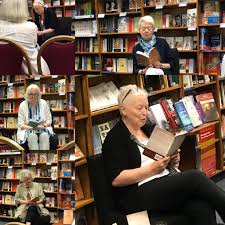
I like to do books that cross over audiences, so that for example the anthology about birds, No Space But Their Ownmight introduce birding to people who read poetry, and poetry to those who love birds.
How has the Grey Hen community grown? The community of Grey Hens, as we sometimes call ourselves, has grown enormously, and now includes more than 180 poets. The network keeps expanding. In every anthology you’ll find both newcomers and a few really well known poets, who have been unfailingly generous.
The Grey Hens support the press and each other in many ways, introducing me to new writers, putting on readings, and making the press new friends. They tell me that they feel part of a community of poets.
What’s unique about Grey Hen?
Grey Hen uniquely publishes only older women, and specializes in themed anthologies. We’re also unlike other publishers in that we work with poets to create readings nationwide, so that they can read in their own regions, not just in London. We’ve done close to 100 readings now, including in Amsterdam and Ireland as well as around the country, literally from Penzance to Wick. Grey Hen also makes a donation to a relevant organization whenever possible, as for example to the British Beekeepers Association from The Price of Gold: poems about the honey bee or to the Rainforest Foundation (Extraordinary Forms: some wonders of the natural world).
Our imprint, Hen Run, produces occasional chapbooks for women who have listeners and a body of work, but are unlikely to find another publisher at this stage of life without a step up on the ladder, and for those It gives a CV boost and something material to take to readings. Many have gone on to establish themselves and become known to a wider audience. Hen Run also performs a service to women who already have a publishing history but want the chance to work on a smaller and specific project.
Thanks again to Joy for her splendid work for older women’s poetry, for a wonderful day when I was in the Lake District when I was there, and for chatting with me via Skype.
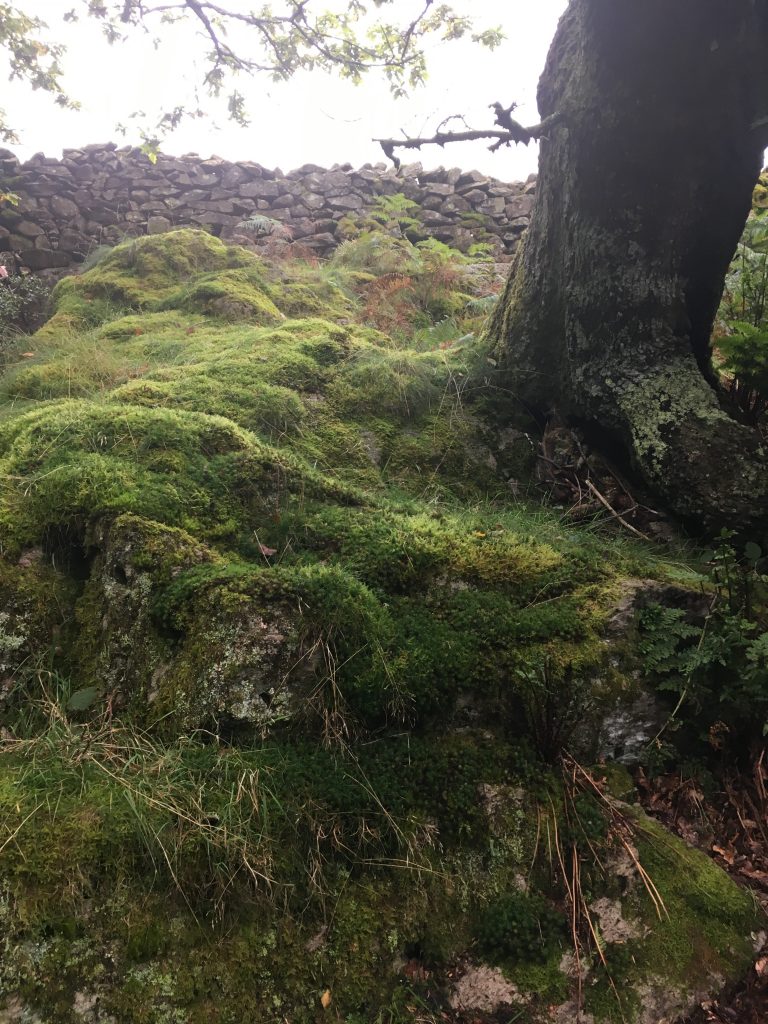

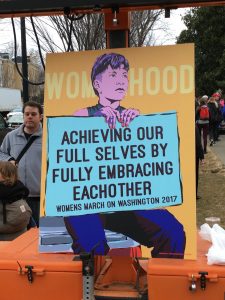


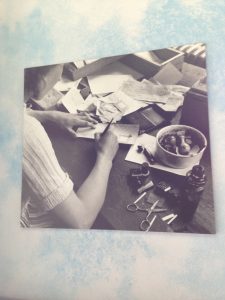
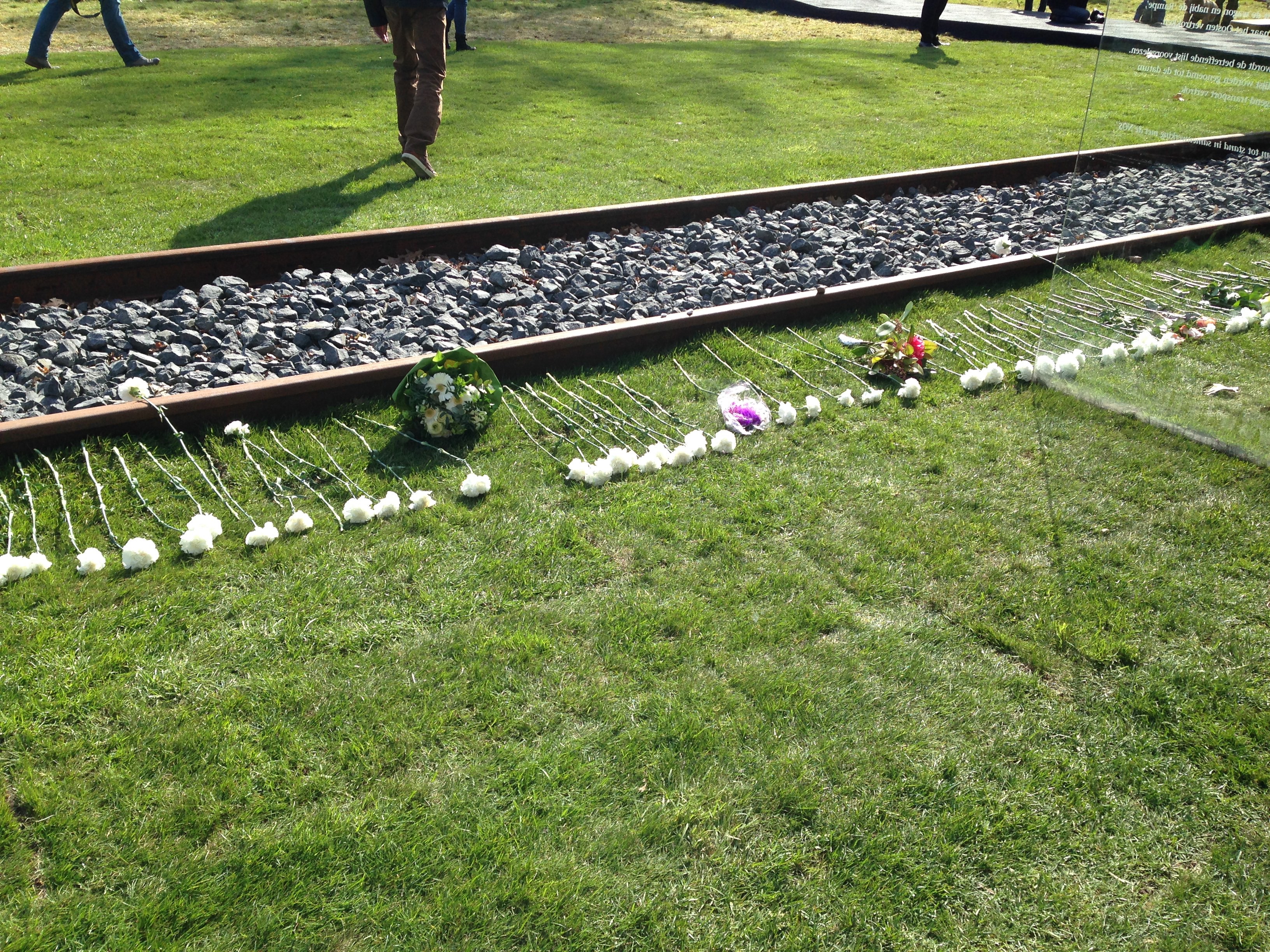
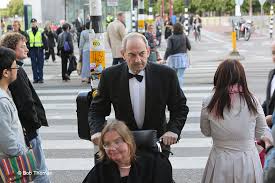
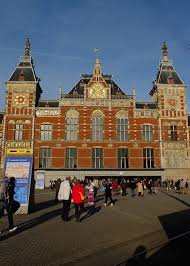
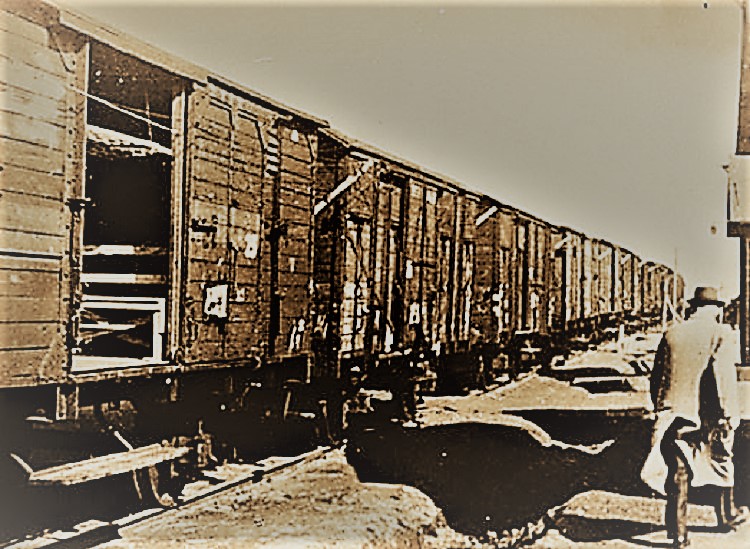
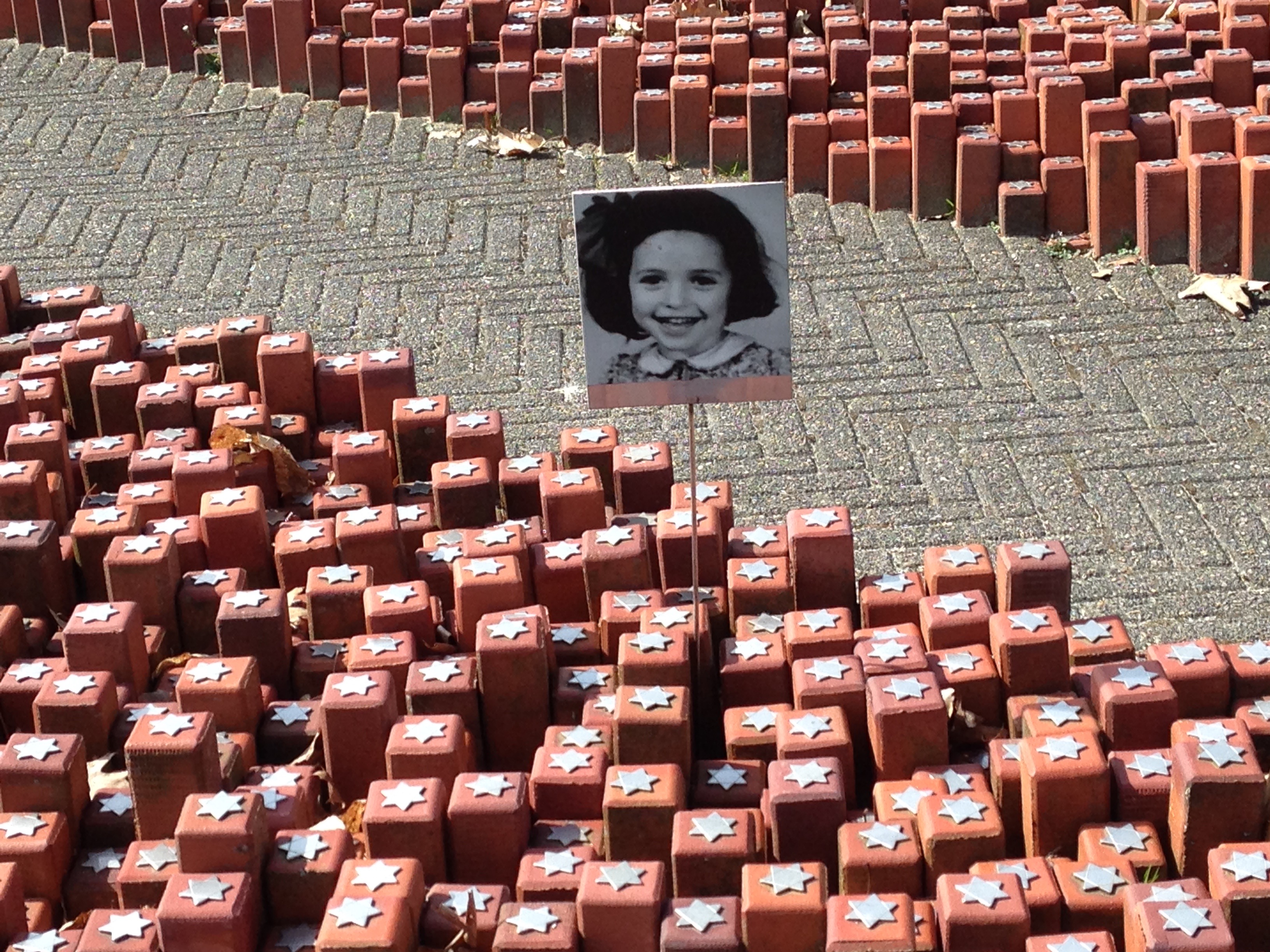
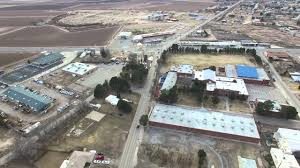
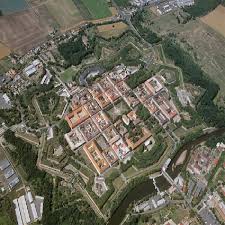

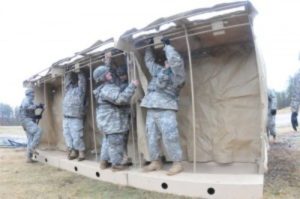

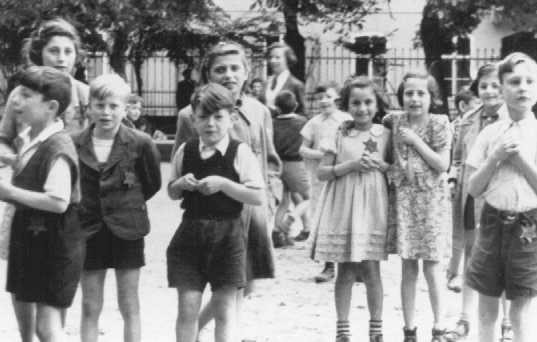
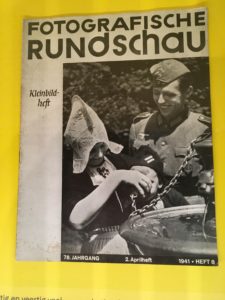
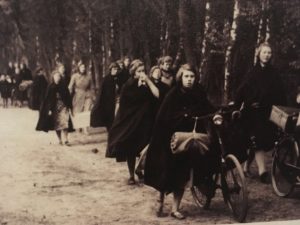
 With foreknowledge, it was poignant to see photos of the children of Arnhem gathered as the Germans arrived, with one soldier smiling broadly. How many of those kids would survive one of the bloodiest battles of the war,
With foreknowledge, it was poignant to see photos of the children of Arnhem gathered as the Germans arrived, with one soldier smiling broadly. How many of those kids would survive one of the bloodiest battles of the war, 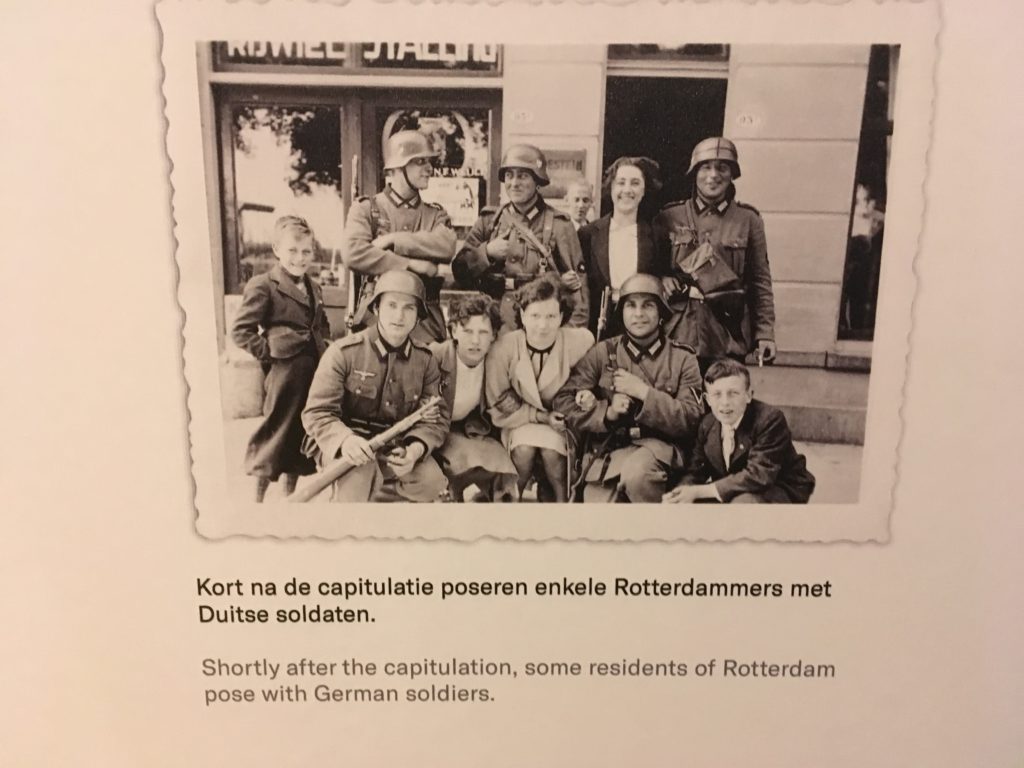

 London’s riches are so numerous that I decided to take the first bus in either direction and see where I ended up. Because my walking is limited right now, I stay off the Tube with its endless corridors and stairways. The bus holds many compensations, however. First, there’s the novelty of the double decker, although for the moment I’m staying downstairs. Then there are the other passengers, mostly older people like me who are often chatty, and mothers with children in buggies who often look exhausted but respond to anyone who plays peek-a-boo with their offspring. In the evening, there’s even a free newspaper to read with the latest bad news about Brexit, the B-word which most of our friends here can’t bear to hear, and no wonder. And that’s in addition to the joys of looking out at the pubs, the houses, the millions of little independent shops, and the gardens.
London’s riches are so numerous that I decided to take the first bus in either direction and see where I ended up. Because my walking is limited right now, I stay off the Tube with its endless corridors and stairways. The bus holds many compensations, however. First, there’s the novelty of the double decker, although for the moment I’m staying downstairs. Then there are the other passengers, mostly older people like me who are often chatty, and mothers with children in buggies who often look exhausted but respond to anyone who plays peek-a-boo with their offspring. In the evening, there’s even a free newspaper to read with the latest bad news about Brexit, the B-word which most of our friends here can’t bear to hear, and no wonder. And that’s in addition to the joys of looking out at the pubs, the houses, the millions of little independent shops, and the gardens.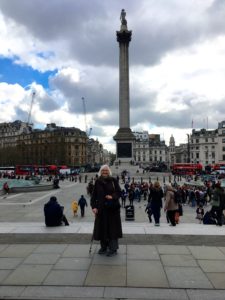 Only yesterday I’d regretted that we didn’t get to see any art on my father’s birthday, despite many other activities which evoked his spirit. A block away was one of the great museums in the whole world, the
Only yesterday I’d regretted that we didn’t get to see any art on my father’s birthday, despite many other activities which evoked his spirit. A block away was one of the great museums in the whole world, the 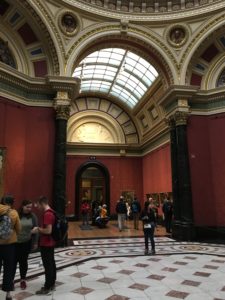 The grandeur of those old galleries is amazing – the vast height of the ceilings, the number of arches, the gilt here and there, the ornamental woodwork, the silk wallpaper, even the stuffed leather benches and couches (could they be horsehair still?). It feels fresh and cared for, not old and fusty as it easily might. And the paintings! I sat first in a room that was all Venice – Canaletto showing us the splendors of the most special day of the year there, with the Doge’s immense barge ready to be boarded and scads of smaller boats filling the waters; then the more everyday scenes which are in many ways just as beautiful. Soon a delightful baby and her father sat with me, and we had a nice chat about his six-month sojourn here thanks to his wife’s job. I told him about the Thames Walk, and thought what that would be like carrying a baby, and how it might shape their lives. He too traveled by bus, and liked the idea of the bus to anywhere.
The grandeur of those old galleries is amazing – the vast height of the ceilings, the number of arches, the gilt here and there, the ornamental woodwork, the silk wallpaper, even the stuffed leather benches and couches (could they be horsehair still?). It feels fresh and cared for, not old and fusty as it easily might. And the paintings! I sat first in a room that was all Venice – Canaletto showing us the splendors of the most special day of the year there, with the Doge’s immense barge ready to be boarded and scads of smaller boats filling the waters; then the more everyday scenes which are in many ways just as beautiful. Soon a delightful baby and her father sat with me, and we had a nice chat about his six-month sojourn here thanks to his wife’s job. I told him about the Thames Walk, and thought what that would be like carrying a baby, and how it might shape their lives. He too traveled by bus, and liked the idea of the bus to anywhere.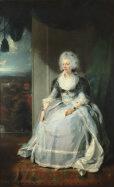 Next I ran into Queen Charlotte as rendered by Sir Thomas Lawrence, the German princess who was unfortunate enough to be married to George III, a lovely woman in a wispy gown looking into the distance. No wonder she seems sober, because he had just had his first attack of what was then called insanity. The landscape in the background is of Eton, quintessentially English. I remembered walking across the playing fields there on the Thames Path and seeing the view of Windsor Castle, where this poor lady must have lived.
Next I ran into Queen Charlotte as rendered by Sir Thomas Lawrence, the German princess who was unfortunate enough to be married to George III, a lovely woman in a wispy gown looking into the distance. No wonder she seems sober, because he had just had his first attack of what was then called insanity. The landscape in the background is of Eton, quintessentially English. I remembered walking across the playing fields there on the Thames Path and seeing the view of Windsor Castle, where this poor lady must have lived. I jumped ahead to the nineteenth century, and drank in the Turners. Even as a teenager, I loved the swirling mists of color in his paintings, and later began to know enough history to appreciate his depiction of the transitions of his time. How sad to see a great old sailing ship tugged by an impatient steam-powered boat to be broken up in the shipyard for timber! And it had been “The Fighting Temeraire” once upon a time, playing a key role in the Battle of Trafalgar. But that was 1805, and the painting was made in 1839. The ship was towed to Rotherhithe, just a mile or two from Gallery. No wonder history feels so real here.
I jumped ahead to the nineteenth century, and drank in the Turners. Even as a teenager, I loved the swirling mists of color in his paintings, and later began to know enough history to appreciate his depiction of the transitions of his time. How sad to see a great old sailing ship tugged by an impatient steam-powered boat to be broken up in the shipyard for timber! And it had been “The Fighting Temeraire” once upon a time, playing a key role in the Battle of Trafalgar. But that was 1805, and the painting was made in 1839. The ship was towed to Rotherhithe, just a mile or two from Gallery. No wonder history feels so real here.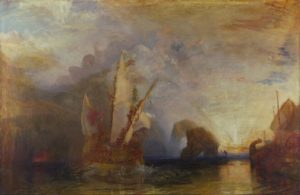 Fortunately for me, a seat opened by a painting I didn’t remember, the spectacular “Ulysses Deriding Polyphemus”, with the Greek hero and his crew sailing away after blinding the cruel giant who ate some of their friends and would have consumed them all. It seems like many paintings in one: the dark mountains and the silhouette of the monster, the gloriously rising sun with the faint traces of Apollo and his chariot bringing the dawn, the splashes of gold on the sea, the incredibly complicated sky with its intimations of blue and clouds of all colors, and the prominent ship with translucent mermaids playing by the prow.
Fortunately for me, a seat opened by a painting I didn’t remember, the spectacular “Ulysses Deriding Polyphemus”, with the Greek hero and his crew sailing away after blinding the cruel giant who ate some of their friends and would have consumed them all. It seems like many paintings in one: the dark mountains and the silhouette of the monster, the gloriously rising sun with the faint traces of Apollo and his chariot bringing the dawn, the splashes of gold on the sea, the incredibly complicated sky with its intimations of blue and clouds of all colors, and the prominent ship with translucent mermaids playing by the prow.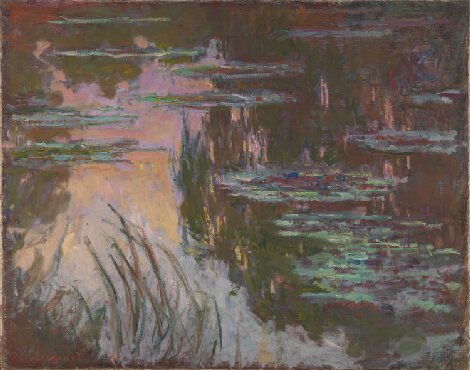
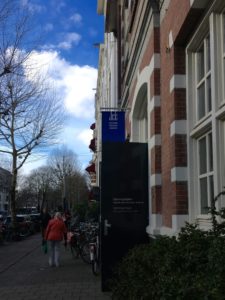 Although the new
Although the new 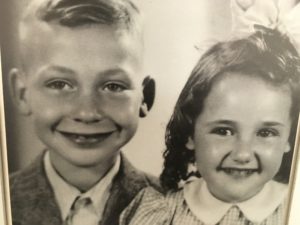
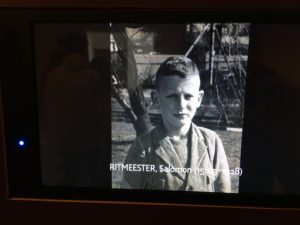
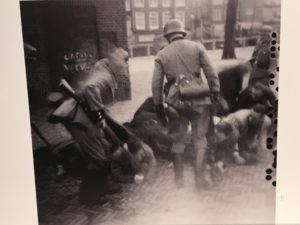
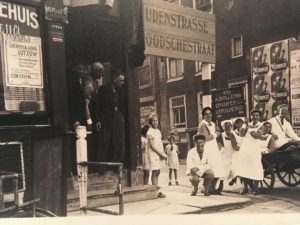 especially Jewish people – had fun and enjoyed themselves even at the worst of times. This photograph of a group of Jewish nurses shows their good humor, even under the Nazi re-named street sign (Jewish Street), and probably after the point where they were only allowed to work with patients who were co-religionists.
especially Jewish people – had fun and enjoyed themselves even at the worst of times. This photograph of a group of Jewish nurses shows their good humor, even under the Nazi re-named street sign (Jewish Street), and probably after the point where they were only allowed to work with patients who were co-religionists.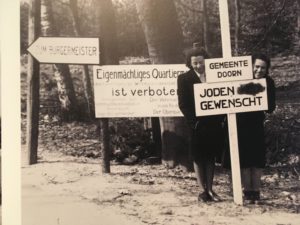
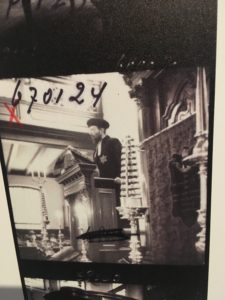 The night before he and a whole group of Jewish people were to be executed, some asked him for words of comfort in that appalling situation. His response as I recall was “These are little people. They can only kill us. They can never destroy what we believe in and what we represent.” They all died as hostages in the dunes at Bloemendaal in 1943. It’s one of anecdotes that stuck with me, and which I cite when people ask me how I could stand so much focus on the grimness of the Holocaust for those 13 years of research and writing.
The night before he and a whole group of Jewish people were to be executed, some asked him for words of comfort in that appalling situation. His response as I recall was “These are little people. They can only kill us. They can never destroy what we believe in and what we represent.” They all died as hostages in the dunes at Bloemendaal in 1943. It’s one of anecdotes that stuck with me, and which I cite when people ask me how I could stand so much focus on the grimness of the Holocaust for those 13 years of research and writing.